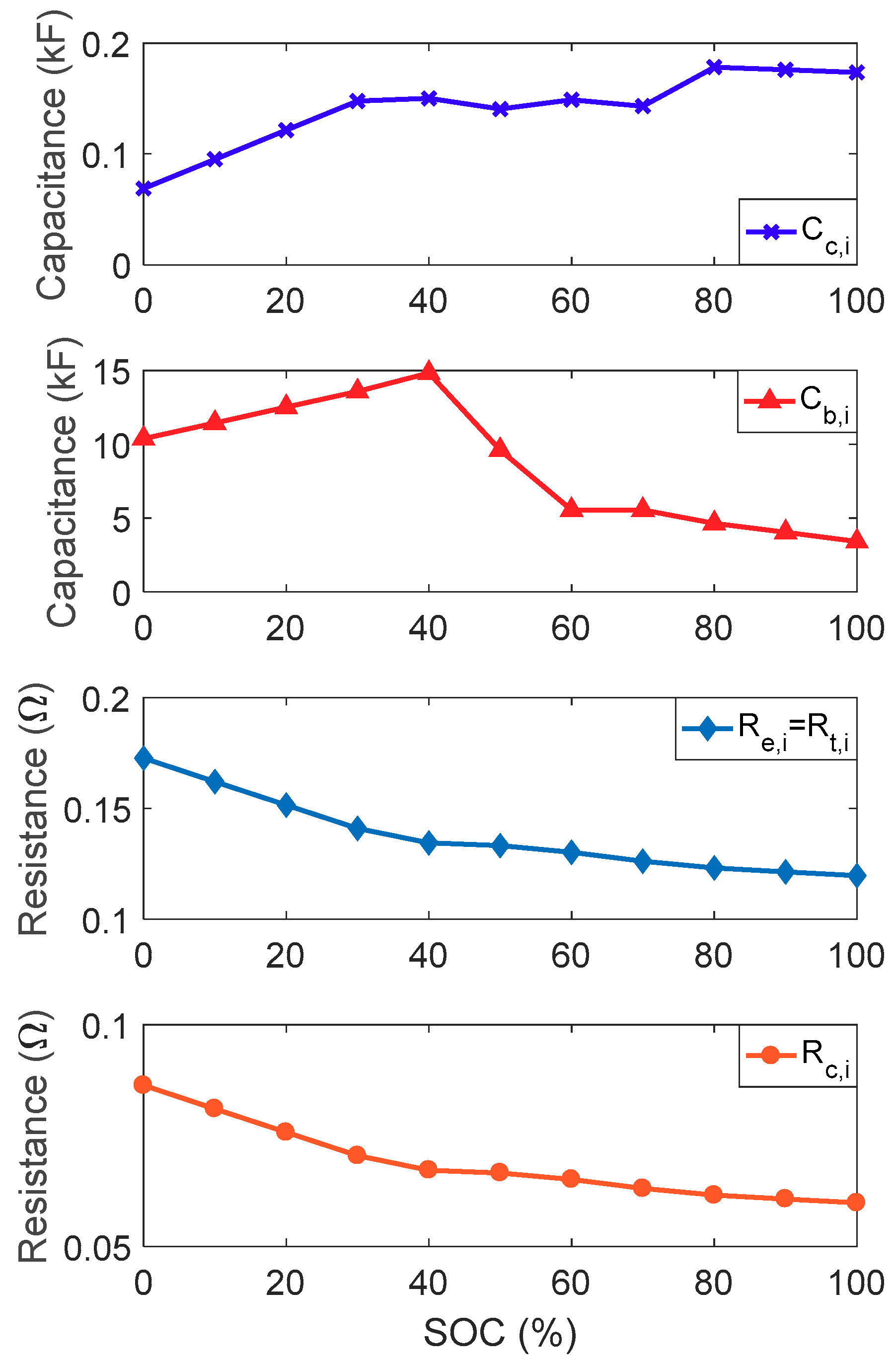

This technology's significance is underscored by the escalating prevalence of retinal diseases and substantial investments in research and development, aimed at propelling Adaptive Optics to new heights. Revolutionizing Optical Precision: Adaptive Optics ' Vital Role in Advancing Science and MedicineĪdaptive Optics systems play a pivotal role in enhancing the capabilities of optical systems by mitigating atmospheric disturbances, thereby vastly elevating the performance of devices like lasers, telescopes, and various other intricate systems. For instance, it finds application in laser communication systems and astronomical telescopes for removing the effects of atmospheric distortion. It is being used in a wide range of applications. The rising adoption of Adaptive Optics technology across several sectors including astronomy, military & defense, communication, and biomedical is driving the global market forward.Īdaptive Optics is a technique/technology used for compensating atmospheric distortions by precisely deforming a mirror. This is due to their growing usage in diverse Adaptive Optics applications.Īs per the latest analysis, demand for wavefront sensors is likely to rise at 24.8% CAGR through 2033, in comparison to 38.7% CAGR registered during the historical period from 2018 to 2022.Įxpanding Horizons: The Surging Global Market Fueled by Adaptive Optics Advancements The wavefront sensor segment is projected to generate significant revenues in the target market during the assessment period. It is likely to create an absolute growth of US$ 13.0 Billion through 2033.

The worldwide Adaptive Optics Market is anticipated to witness a positive growth trajectory during the projection period. During the period from 2023 to 2033, the sales revenue of Adaptive Optics is expected to increase at a CAGR of 24.9%. 09, 2023 (GLOBE NEWSWIRE) - According to Future Market Insights (FMI), the value of the global Adaptive Optics Market is projected to reach US$1.6 billion by 2023 and US$14.5 billion by 2033. As industries continue to harness the potential of Adaptive Optics, its Market trajectory is charting an upward course toward significant revenue milestones. This projection highlights the substantial advancements and burgeoning applications within the Adaptive Optics sector across industries such as astronomy, biomedicine, and military & defense.

indicating that sales in this field are set to exceed an impressive US$ 14.5 Billion by 2033. The future of Adaptive Optics is poised for remarkable growth, with projections from Future Market Insights, Inc. So according to your two pictures it seems to be working as intended since Fortnite is not graphically demanding but CoD on the other hand is.Future Market Insights Global and Consulting Pvt. If you play with Vsync disabled then the card should run at max clocks all the time.
Nvidia adaptive power management full#
If you have a powerful card or the game you're playing isn't graphically demanding then the core clock (and memory clock) will decrease since the card doesn't need to run at full power to achieve maximum refresh rate. The purpose of the GPU is to make your FPS reach your monitors maximum refresh rate if you use Vsync or Gsync. I did find a spot in Witcher 3 (my current main game) where my FPS went below 60 but I forgot to check the GPU clock so hopefully that was just a fluke.
Nvidia adaptive power management drivers#
In Apex the core clock would generally be low and I wouldn't reach my monitors max refresh rate.īut since the last two drivers or so I think they've adjusted both "Optimal" and "Adaptive" to work better. I saw this problem in several games like Apex and AC:Odyssey where in Odyssey I could find spots here and there where my FPS would decrease from 60 to 50 and I could clearly see that the core clock was very low but when I changed to "Adaptive" and stood at the exact same spot the core clock would be higher and my FPS would be 60 as expected. I agree that "Optimal" has always been too conservative which is why I preferred to use "Adaptive" which favored higher clock speeds even when not super necessary.


 0 kommentar(er)
0 kommentar(er)
